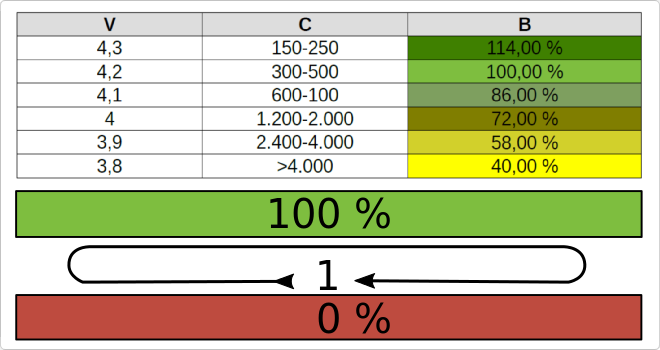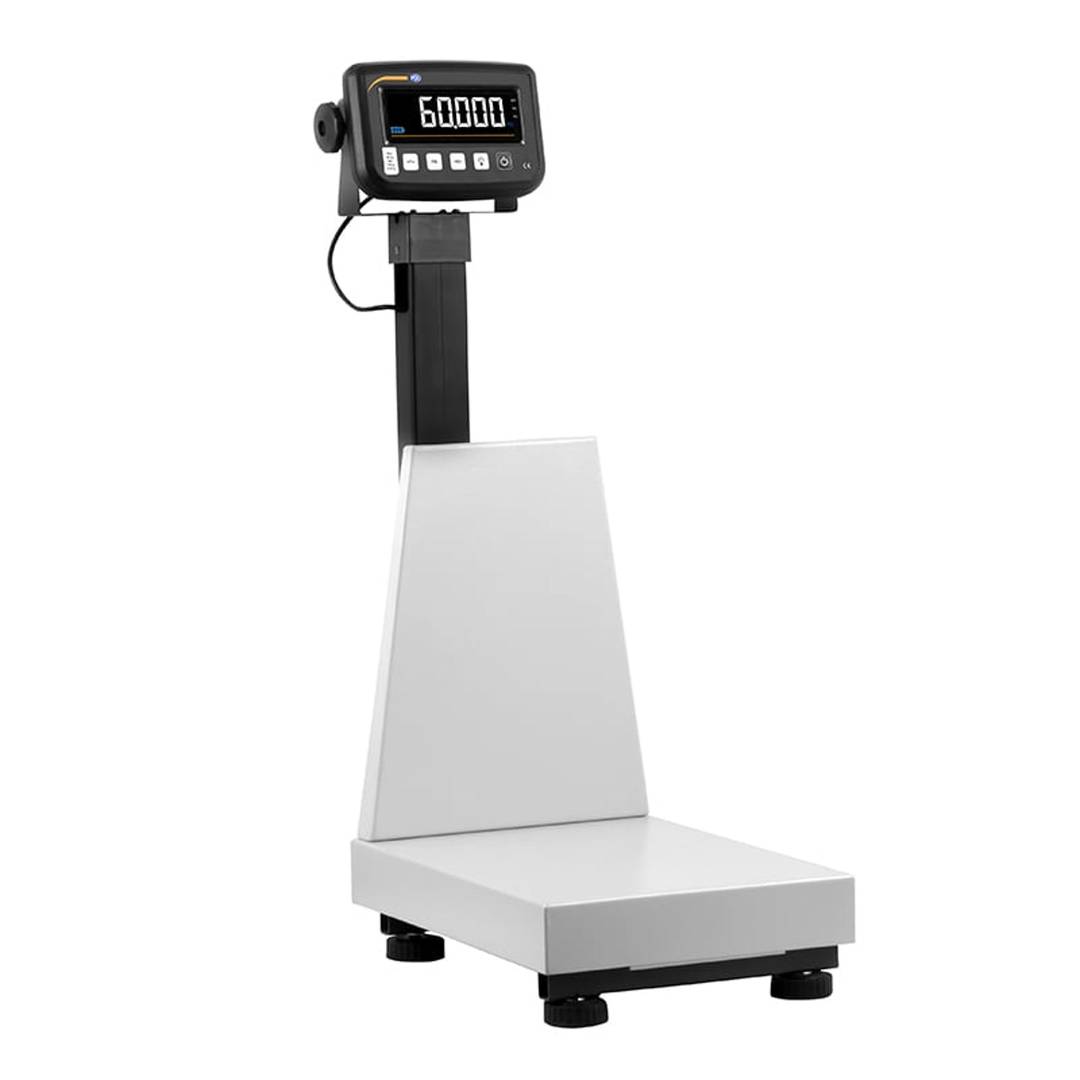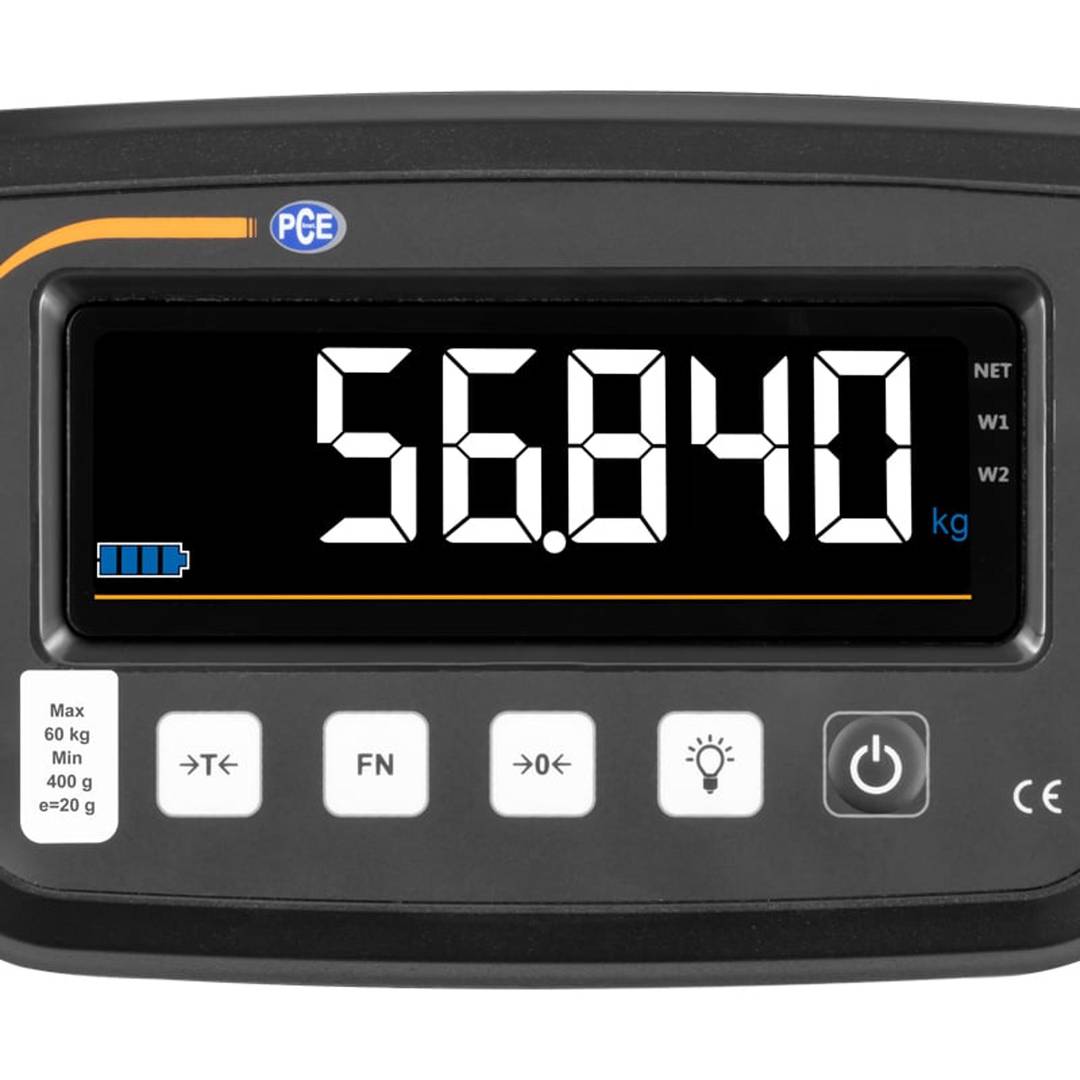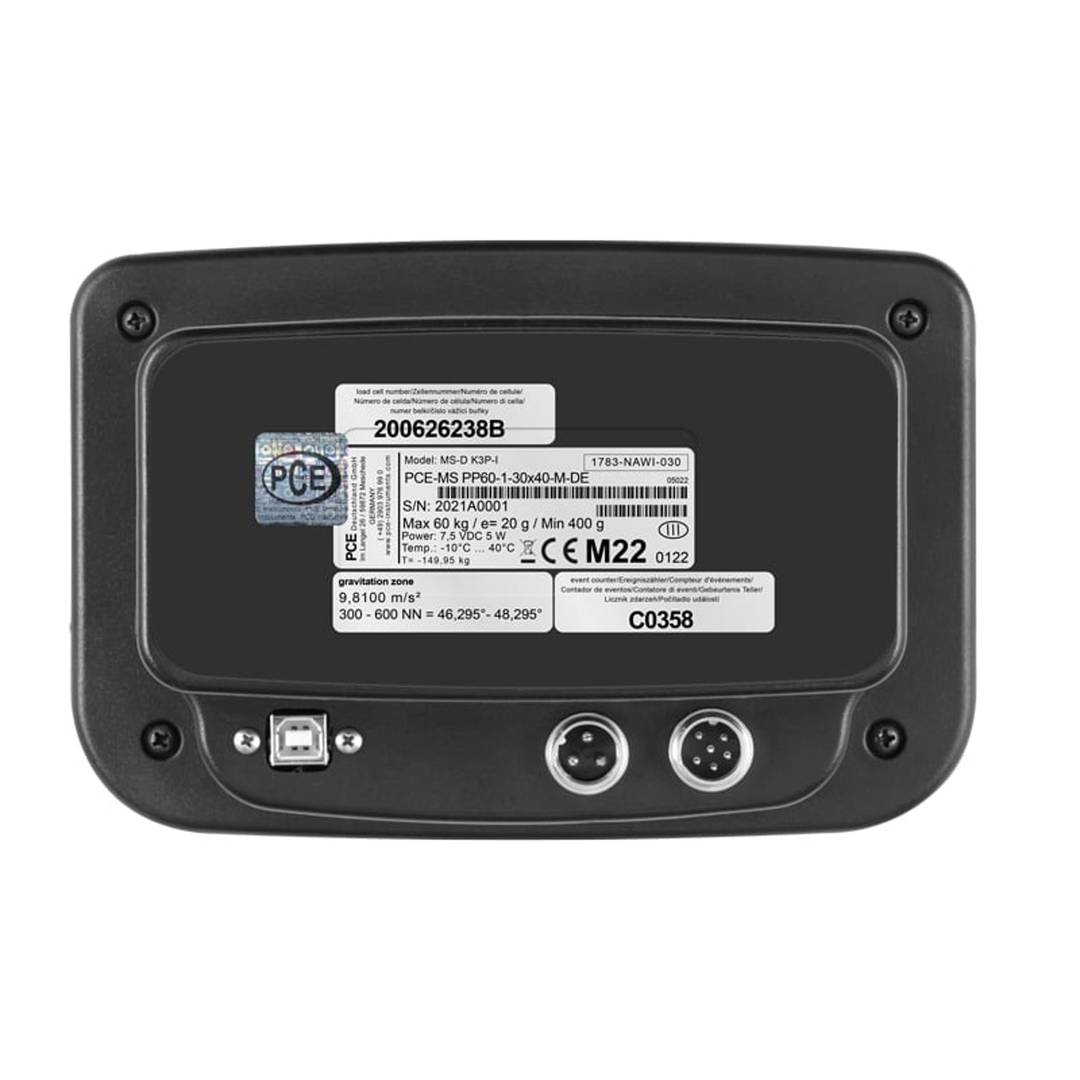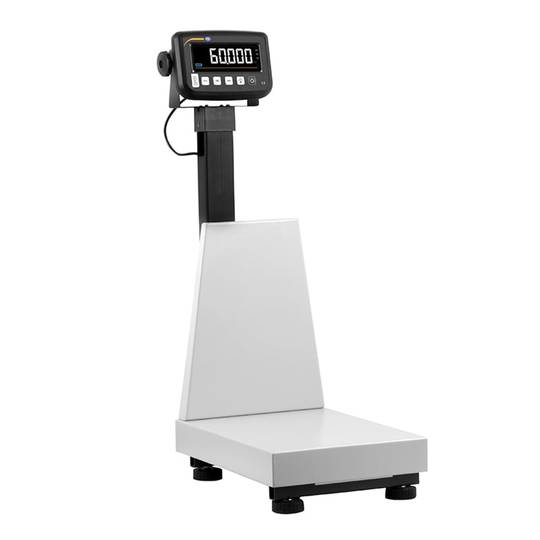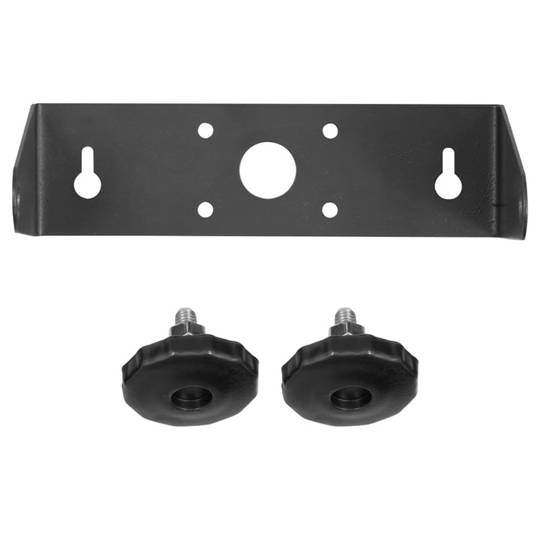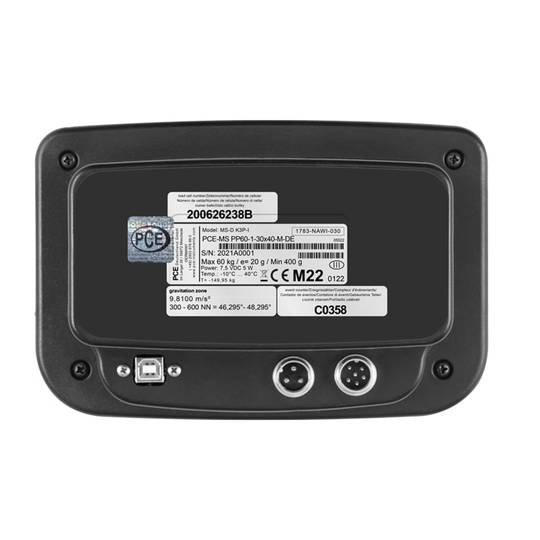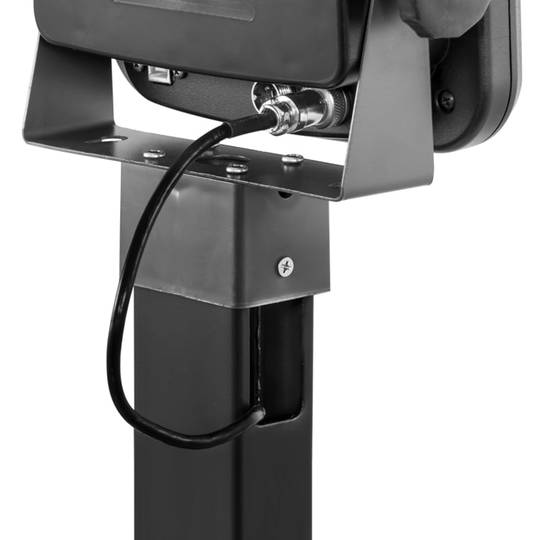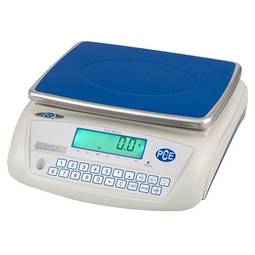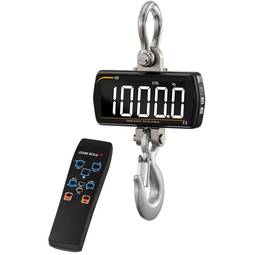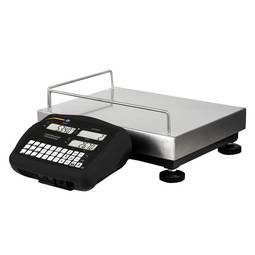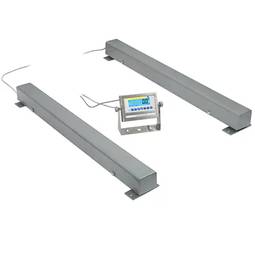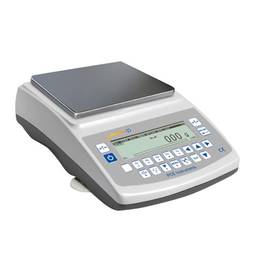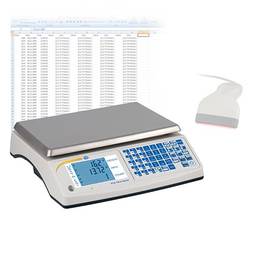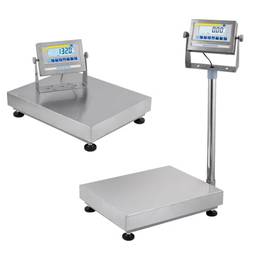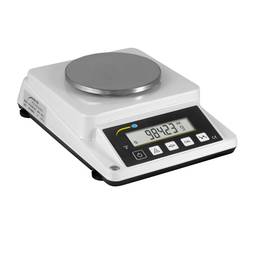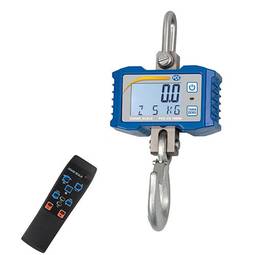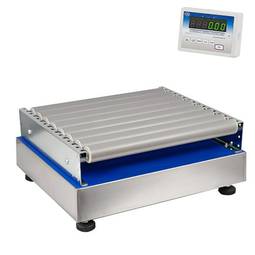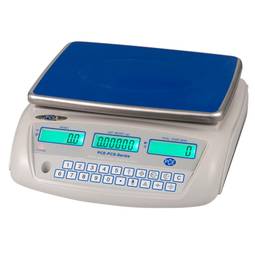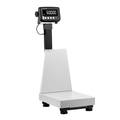01/04/2026 11:21 a.m.
https://cablematic.com/en/products/balance-with-platform-pce-ms-pp60-1-30x40-m-PC071/
https://cablematic.com/en/products/balance-with-platform-pce-ms-pp60-1-30x40-m-PC071/
Balance with platform PCE-MS PP60-1-30x40-M
REF: PC071
Specifications
- Verified scale with a maximum capacity of 60 kg and verification value of 20 g
- Legal verification of the balance according to the geographical area of the intended place of installation
- Powder coated for harsh conditions
- Removable backrest 36 cm high, made of 2 mm thick sheet steel
- Platform with a useful surface of 30 x 36 cm with the backrest mounted, and without the backrest the useful surface increases to 30 x 40 cm
PVP
€318.88
Price including VAT:
€318.88
PVD
€296.90
PVP: Retail price.
Check conditions.
PVP: Sale price to distributors.
Check conditions.
warranty
returns
safe
We will notify you when it is back in stock.
Specifications
- Verified scale with a maximum capacity of 60 kg and verification value of 20 g
- Legal verification of the balance according to the geographical area of the intended place of installation
- Powder coated for harsh conditions
- Removable backrest 36 cm high, made of 2 mm thick sheet steel
- Platform with a useful surface of 30 x 36 cm with the backrest mounted, and without the backrest the useful surface increases to 30 x 40 cm
More info
The maximum capacity of the verified scale is 60 kg, with a measurement accuracy of 20 g. This verified scale is designed to comply with current regulations for legal verification. The verified balance is characterized by its robust design, which makes it suitable for use in adverse conditions. It has a 36 cm high removable backrest, made of 2 mm thick steel sheet, ideal for weighing or filling bags and other merchandise. The usable surface of the platform is 30 x 36 cm with the back mounted, and without the back it increases to 30 x 40 cm. The stand for mounting on the floor or table makes it easy to handle the balance. The high-contrast display, with 28mm high digits, allows values to be read from a greater distance and a transparent protective cover prevents dirt. In addition, the balance can be powered by both an internal battery and an external 7.8V power supply, which can provide up to 25 hours of autonomy if the power save function is used. This verified scale offers a maximum capacity of 60 kg with a measurement accuracy of 20 g, and is designed to comply with current regulations for legal verification. Manufactured by PCE with reference PCE-MS PP60-1-30x40-M.
Specifications
- Verified scale with a maximum capacity of 60 kg and verification value of 20 g
- Legal verification of the balance according to the geographical area of the intended place of installation
- Powder coated for harsh conditions
- Removable backrest 36 cm high, made of 2 mm thick sheet steel
- Platform with a useful surface of 30 x 36 cm with the backrest mounted, and without the backrest the useful surface increases to 30 x 40 cm
- Detachable bracket with threaded and plug connections
- Cable between display and weighing pan 1.5 m
- Adjustable screen tilt angle
- High contrast inverted display with 28mm digits
- Transparent protective cover for the plastic screen
- Internal battery with autonomy of up to 25 hours, and energy saving function
- Ideal for use in adverse conditions, for weighing or filling bags and other merchandise
- Gross Weight: 13.5 kg
- Number of packages: 1
Technical terms
- Battery charging cycles
Battery charging cycles
When calculating the life of a battery it will be necessary to know the number of charge cycles that can be performed until the battery does not begin to lose its capacity.
Depending on the type of battery these charging cycles can vary, the most common being the mobile batteries, manufactured Li-Ion or Li-Po, which have a duration of between 300 and 500 charging cycles according to model and manufacturer.
Once thisE limit we will notice how the battery loses duration of operation, arriving to lose up to 25% of its capacity of load.
At this point it will be necessary to evaluate a battery change.
It should be noted that usage and charging habits can significantly affect battery life. For example, factors such as heat, charge the battery several times a day without it is almost exhausted, etc. Will be affectedits duration.
Therefore, to get the most out of the battery we must know when a full charge cycle is performed, and try to avoid misuse of charge, to increase its useful life.
A charging cycle is considered when the battery has been discharged or its 100% charge has been used.
The manufacturers advise that the charge is never made below the 58% battery, since the battery voltage would not fall so lowTo, so you could end up winning up to 4000 charge cycles.
Tips to increase the life of a battery.
Depending on the type of battery these charging cycles can vary, the most common being the mobile batteries, manufactured Li-Ion or Li-Po, which have a duration of between 300 and 500 charging cycles according to model and manufacturer.
Once thisE limit we will notice how the battery loses duration of operation, arriving to lose up to 25% of its capacity of load.
At this point it will be necessary to evaluate a battery change.
It should be noted that usage and charging habits can significantly affect battery life. For example, factors such as heat, charge the battery several times a day without it is almost exhausted, etc. Will be affectedits duration.
Therefore, to get the most out of the battery we must know when a full charge cycle is performed, and try to avoid misuse of charge, to increase its useful life.
A charging cycle is considered when the battery has been discharged or its 100% charge has been used.
The manufacturers advise that the charge is never made below the 58% battery, since the battery voltage would not fall so lowTo, so you could end up winning up to 4000 charge cycles.
Tips to increase the life of a battery.
- Avoid extreme heat or cold or very long applications of the device.
- Charge the battery as often as you can.
- Fully discharge the battery from time to time.
- Do not let the battery run out completely before charging.
